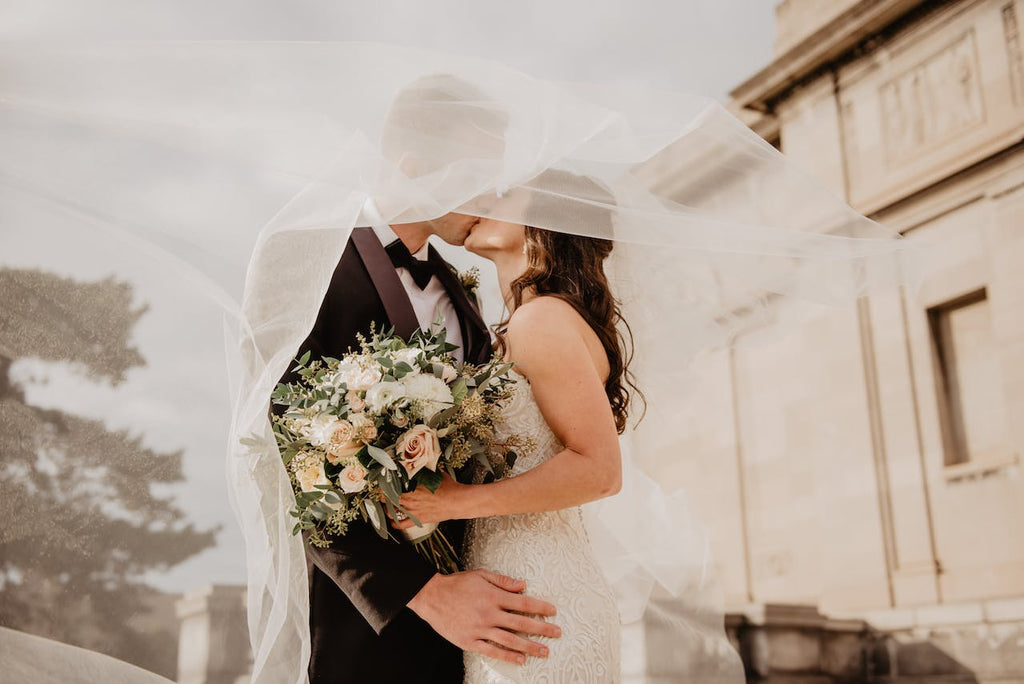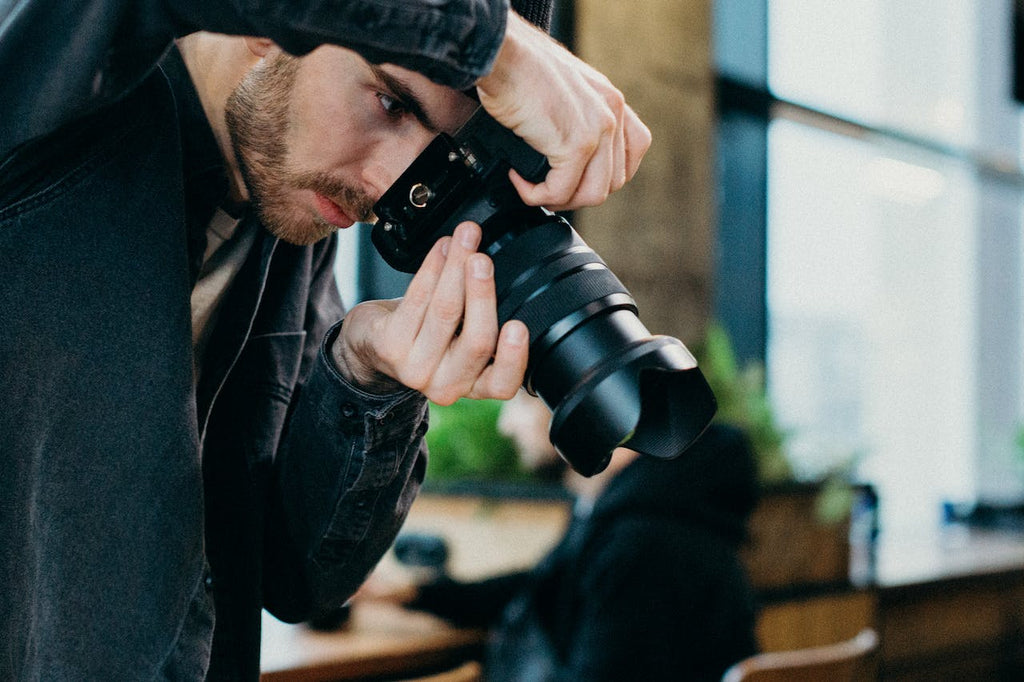As a photographer, you may have encountered clients who ask for the raw files of your work. This can be a tricky situation, as you may have different reasons for not wanting to share them.
Now, what if there's a persistent client? What's the professional way to deal with them?
In this age of social media, one wrong move can break one's career. This is why we are here to guide you on how to respond to a request for raw files. We'll be putting up different scenarios and how to deal with them.

What are raw files?
Raw files are the unprocessed data that your camera captures when you take a photo. They contain all the information about the exposure, color, contrast, sharpness, and other settings of the image.
Unlike JPEGs, which are compressed and edited by the camera, raw files give you more control and flexibility over the final result.
You can use a software like Adobe Lightroom or Photoshop to edit and enhance your raw files according to your vision and style.
Latest post: How does a Speed Booster work?
Why keep your raw files?
There are many reasons why you may want to keep your raw files and not share them with your clients.
Here are some of them:
- Raw files are your digital negatives. They are the original and unaltered version of your work. You may want to preserve them for your portfolio, archive, or future use.
- Raw files are not finished products. They are meant to be edited and refined by the photographer. Sharing them with your clients may compromise your artistic integrity and reputation, as they may not reflect your true skills and vision.
- These files are large and require special software to open and view. Your clients may not have the knowledge or the tools to handle them properly. They may also expect you to provide technical support or guidance on how to use them.
- The raw files are part of your business model. You may charge extra for providing them or include them in a higher-priced package. Giving them away for free may devalue your work and affect your income.

How to respond to a request for raw files?
If you receive a request for raw files from your client, you should respond in a professional and spartan way.
Here are some tips on how to do that:
- Explain what raw files are and why you don't share them. Use simple and clear language to educate your client about the nature and purpose of raw files. Highlight the benefits of receiving edited JPEGs instead, such as better quality, smaller size, and easier access.
- Refer to your contract or policy. If you have a written agreement or a clause in your contract that states that you don't provide raw files, remind your client of that. If you don't have one, consider adding one in the future to avoid confusion and conflict.
- Offer alternatives or solutions. If your client is unhappy with the edited JPEGs, try to understand their feedback and address their concerns. Offer to make revisions or adjustments if needed. If they want more creative control or options, suggest a different package or service that includes raw files or more edits.
- Be firm but polite. Don't let your client pressure or guilt-trip you into giving up your raw files. Stand by your decision and explain it with confidence and respect. Don't take it personally or get defensive. Remember that you are a professional and you have the right to protect your work.
What If: Here are some scenarios that you might encounter
Scenario 1: The client wants to edit the photos themselves.
This is probably the most common reason why clients ask for raw files. They may think that they can improve the quality of the photos, or they may want to apply their own style or filters.
However, this can also be seen as a lack of trust in your skills and vision as a photographer.
How to respond:
- Explain that your editing process is part of your creative service, and that you deliver the final product that reflects your style and expertise.
- Emphasize that raw files are not finished products, and that they require special software and skills to process them properly.
- Offer to make minor adjustments or revisions if the client is not satisfied with the final photos, within reason.
- If the client insists, you can charge an extra fee for the raw files, or include them in a higher-priced package.

Scenario 2: The client wants to have a backup of the photos.
This is a more reasonable request, as the client may want to ensure that they have a copy of the photos in case something happens to the original files.
However, this can also imply that they do not trust you to keep the files safe and accessible. It is a valid concern since in this age, some photographers do not do redundancy in their saved files.
How to respond:
- Assure the client that you have a reliable backup system, and that you will keep the files for a certain period of time (e.g., one year).
- Explain that raw files are large and take up a lot of storage space, and that they are not suitable for viewing or sharing online.
- Provide the client with high-resolution JPEG files that are suitable for printing and archiving.
- Like the first scenario, if the client still wants the raw files, you can charge an extra fee for them, or include them in a higher-priced package.
Scenario 3: The client wants to own the rights to the photos.
This is a more serious request, as it means that the client wants to have full control over how the photos are used and distributed.
This can affect your reputation and income as a photographer, as you may lose the credit and royalties for your work.
How to respond:
- Explain that you retain the copyright of the photos, and that you grant the client a license to use them for personal or commercial purposes, depending on the agreement.
- Clarify that raw files are not included in the license, and that they are only for your personal use as the original creator of the photos.
- Inform the client that if they want to own the rights to the photos, they will have to pay a much higher fee, as this is equivalent to buying out your work.
- If the client agrees, make sure to have a written contract that specifies the terms and conditions of the rights transfer.

Final Thoughts: It's your discretion
As you can see, there are different ways to handle requests for raw files from clients.
The key is to be polite but firm, and to educate them on why raw files are not necessary or beneficial for them.
You should also be prepared to offer alternatives or incentives if they really want them.
Besides, the client chose you as their photographer due to your output. This means, they saw how the finished product of your raw files and your output is what they fell in love with.
Remember, your expertise and artistic vision are what set you apart as a photographer, and protecting these assets should always be a top priority.

